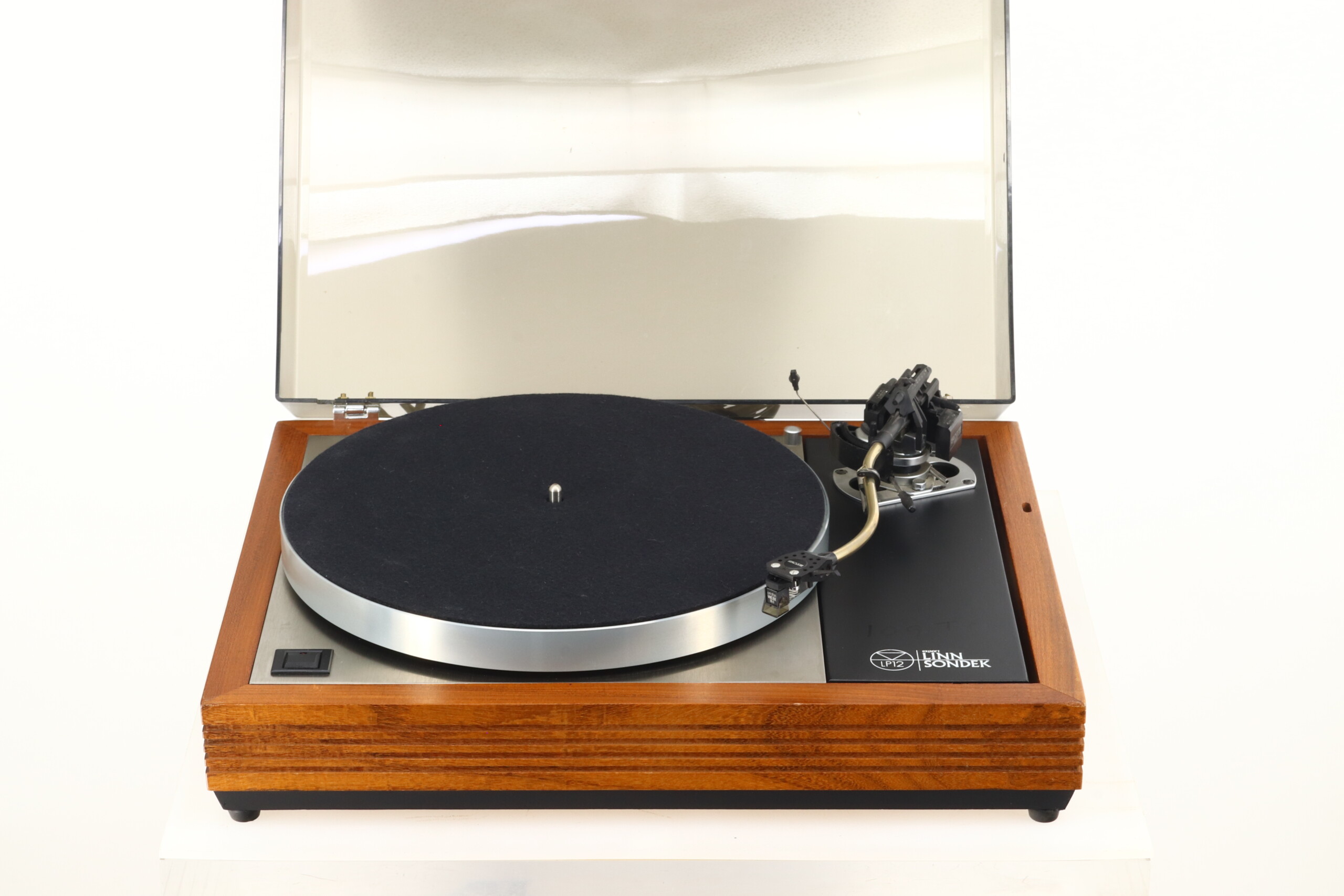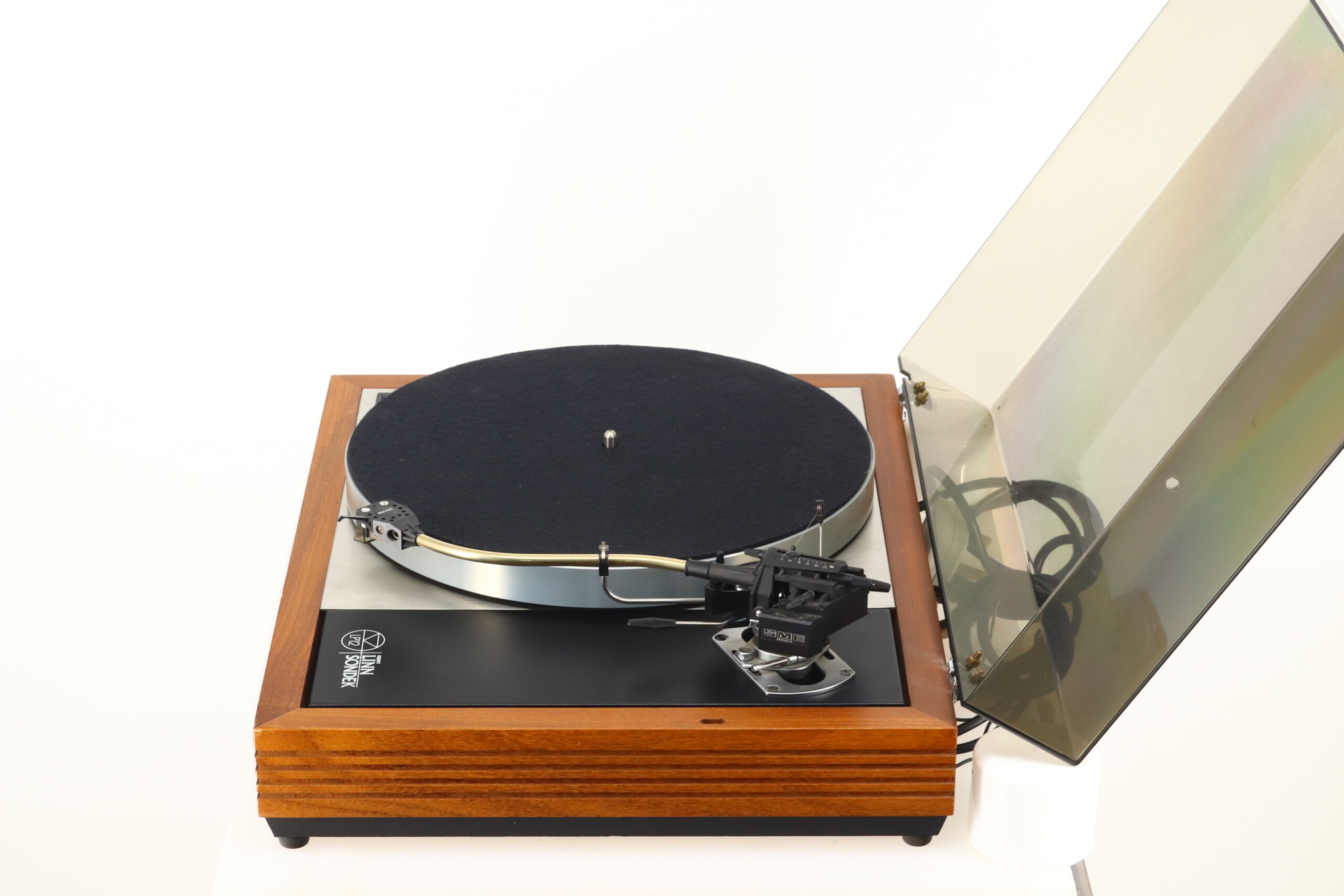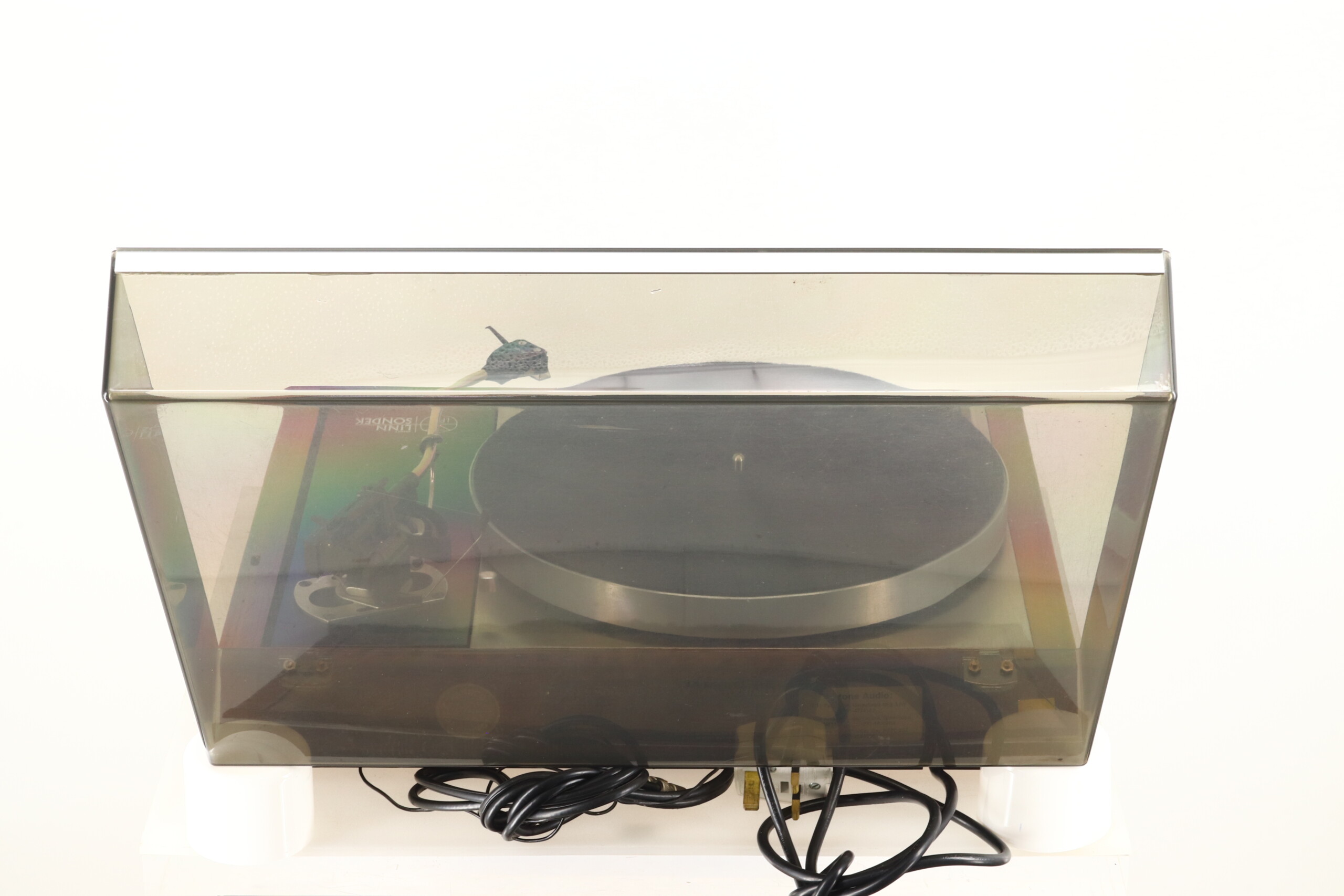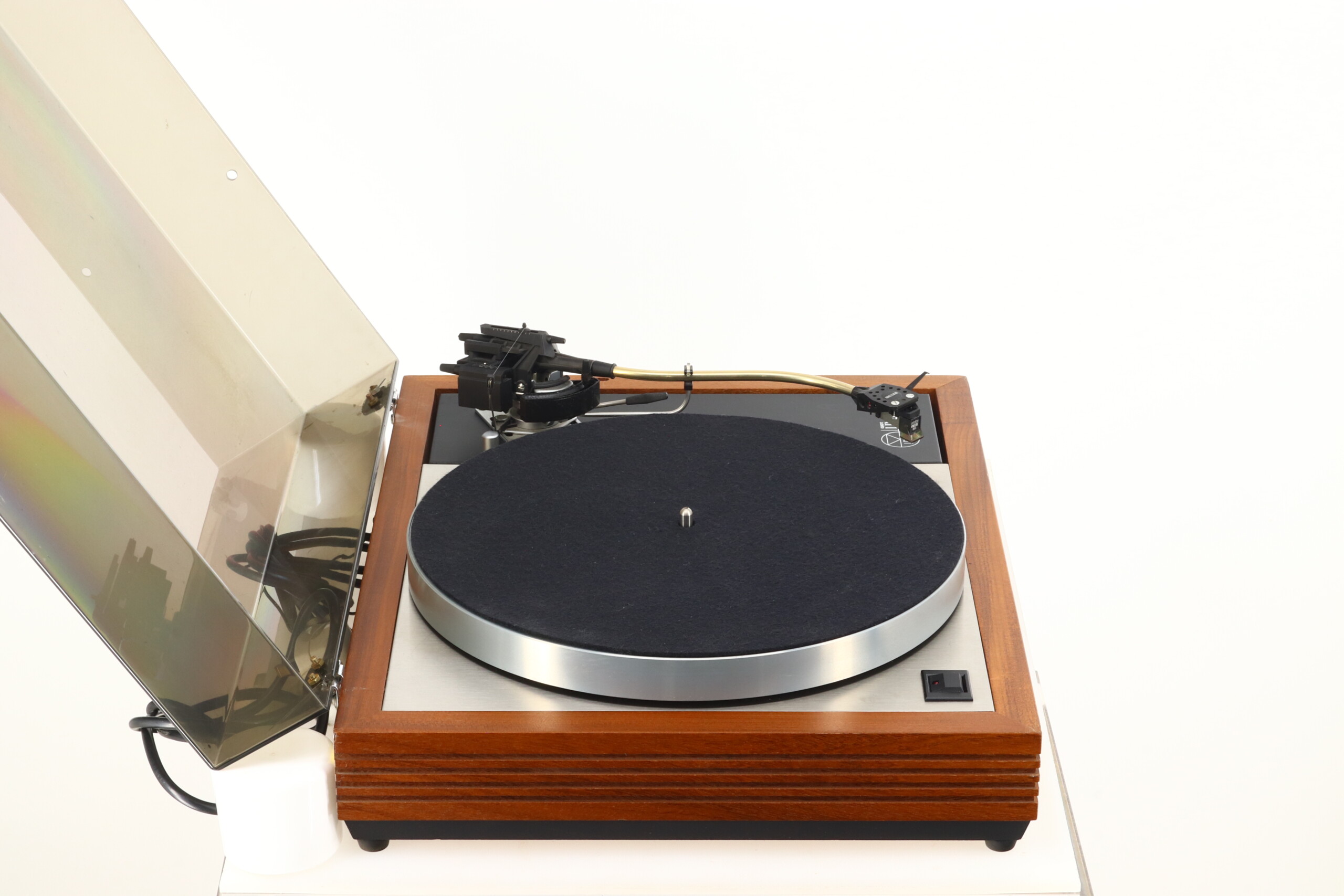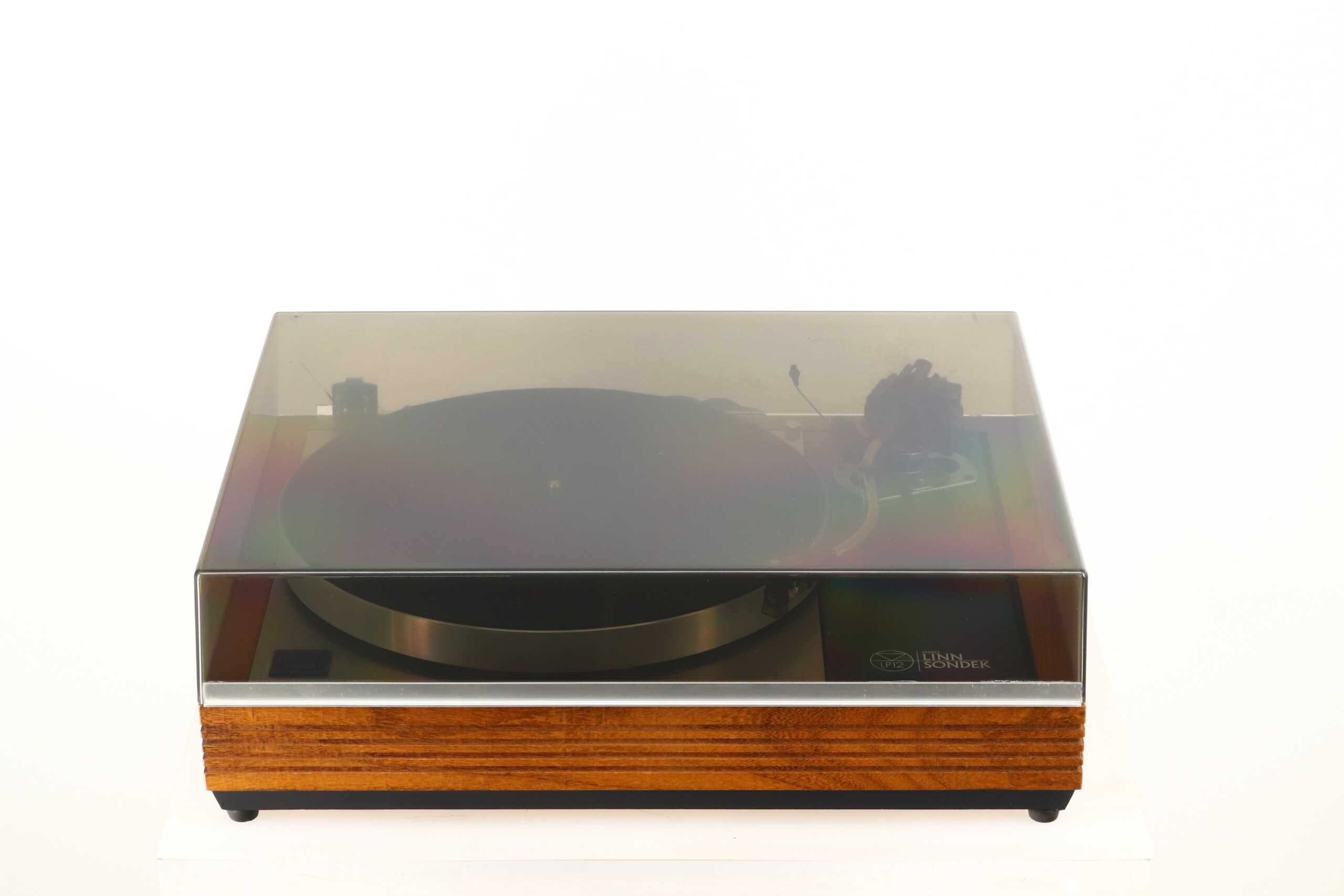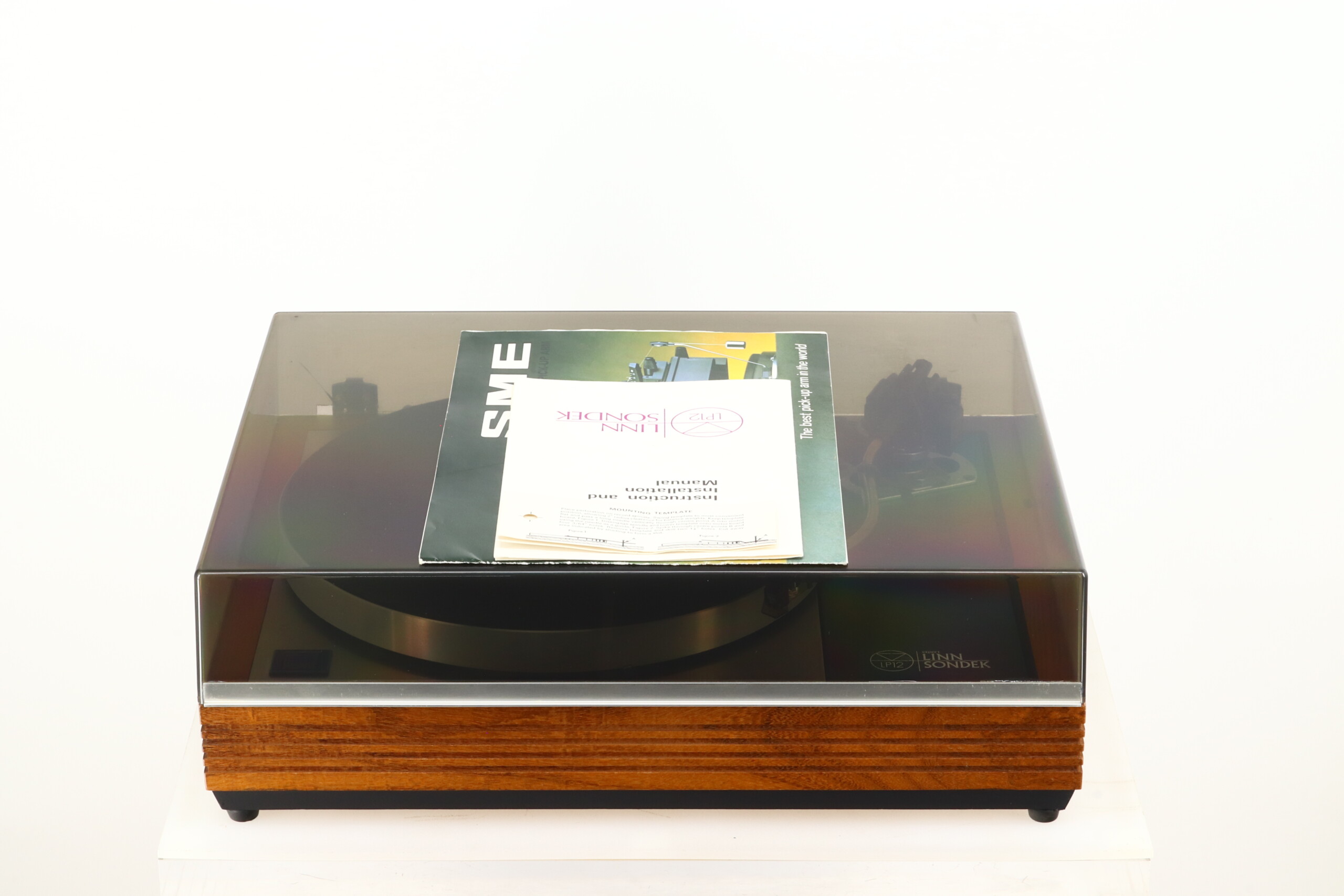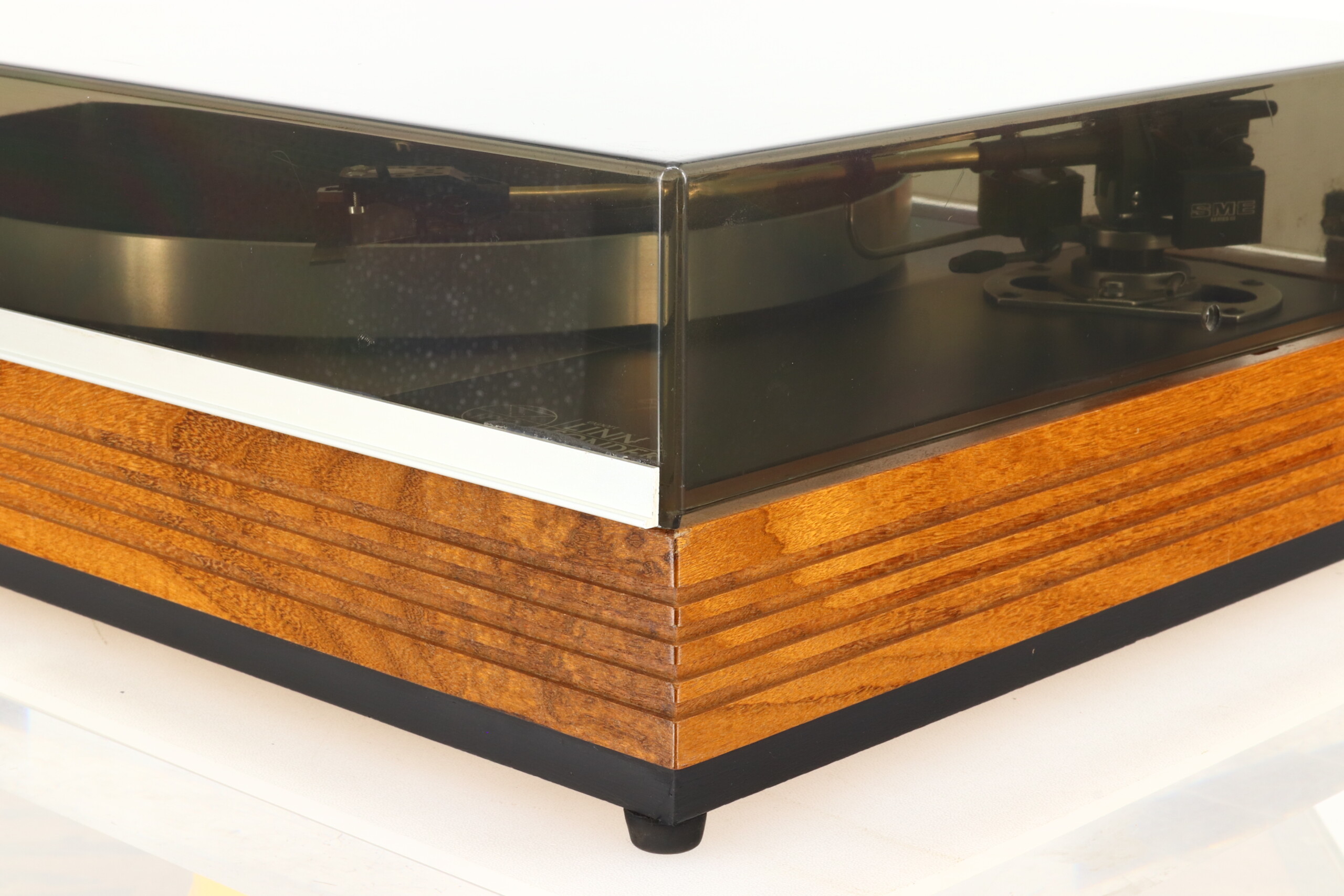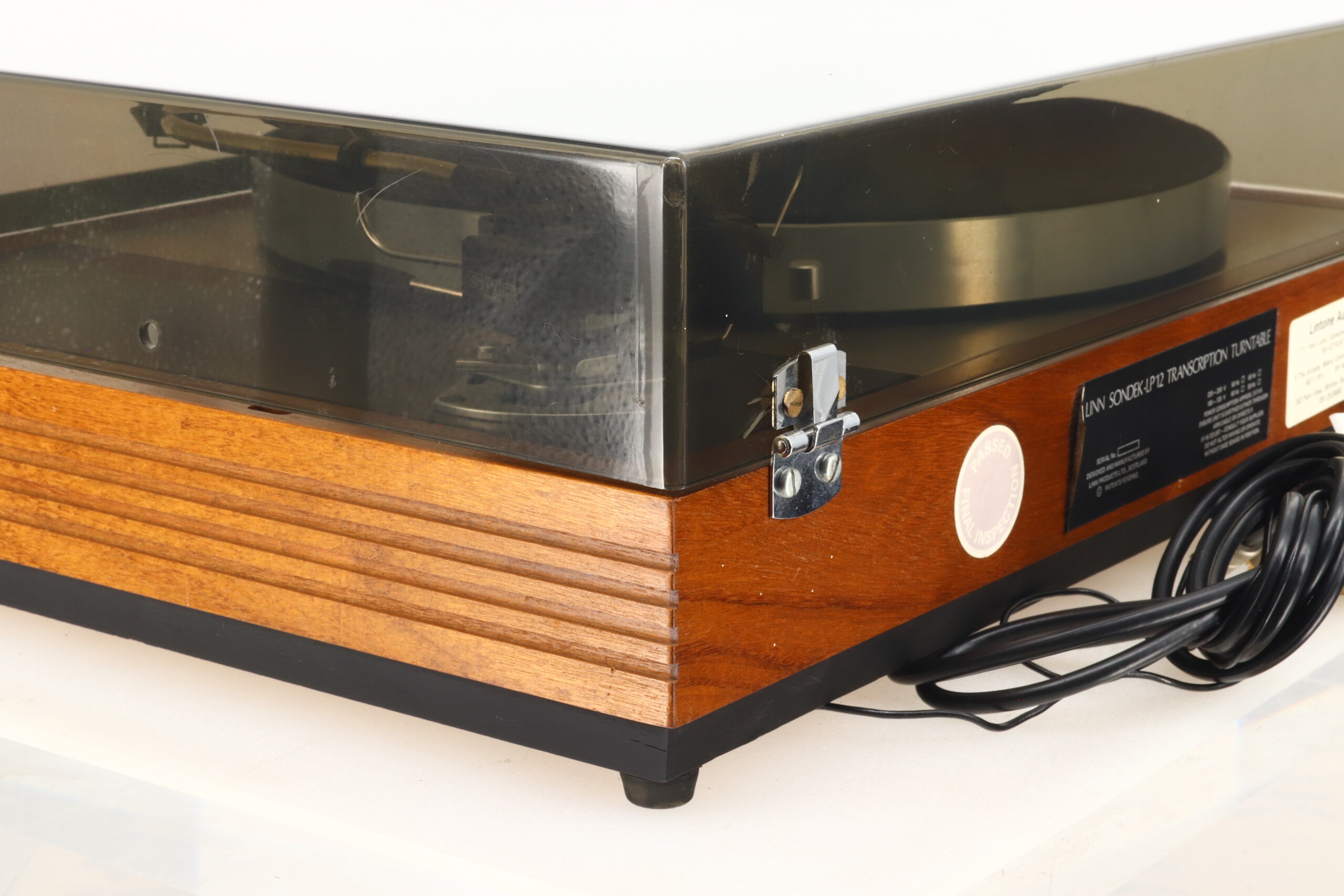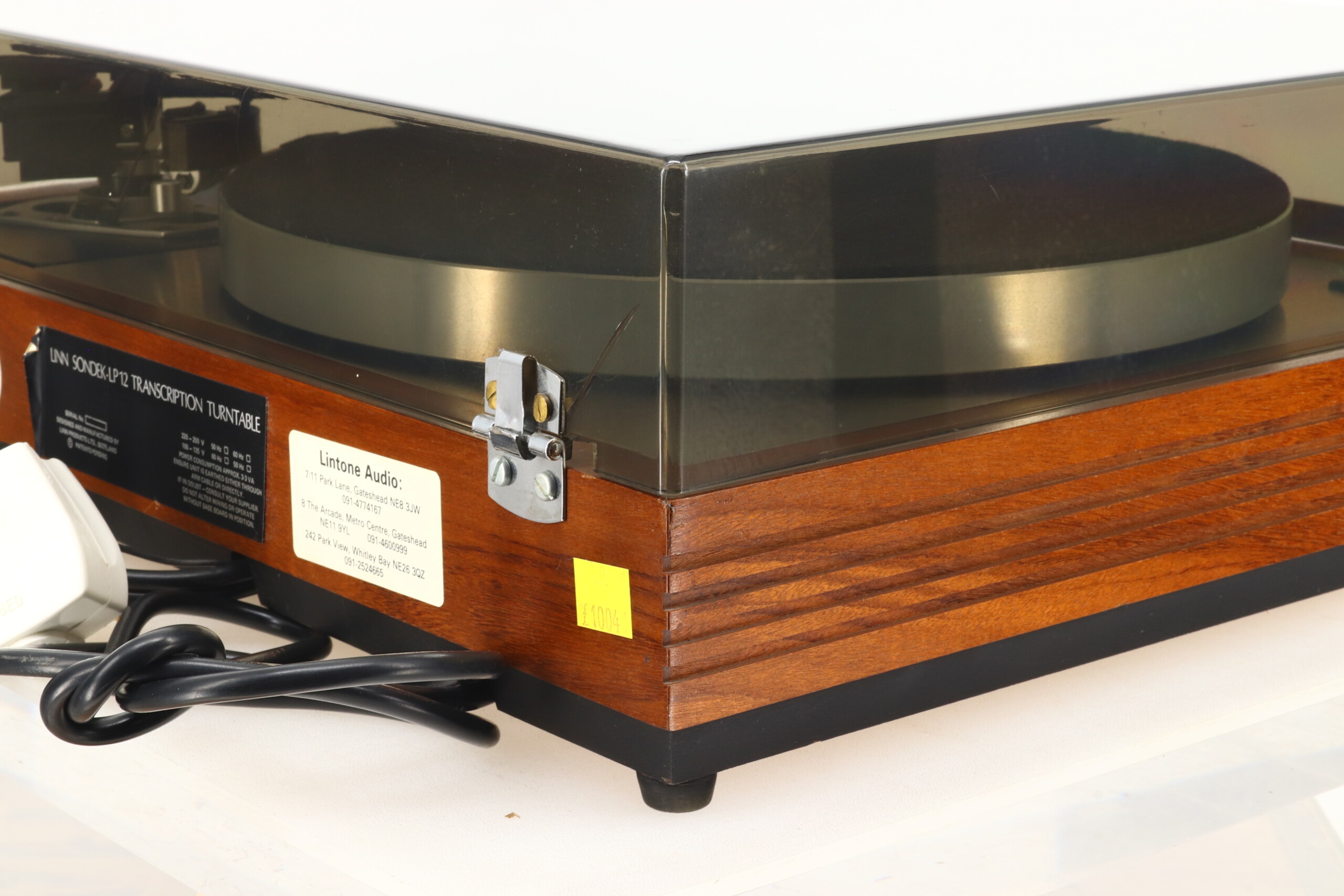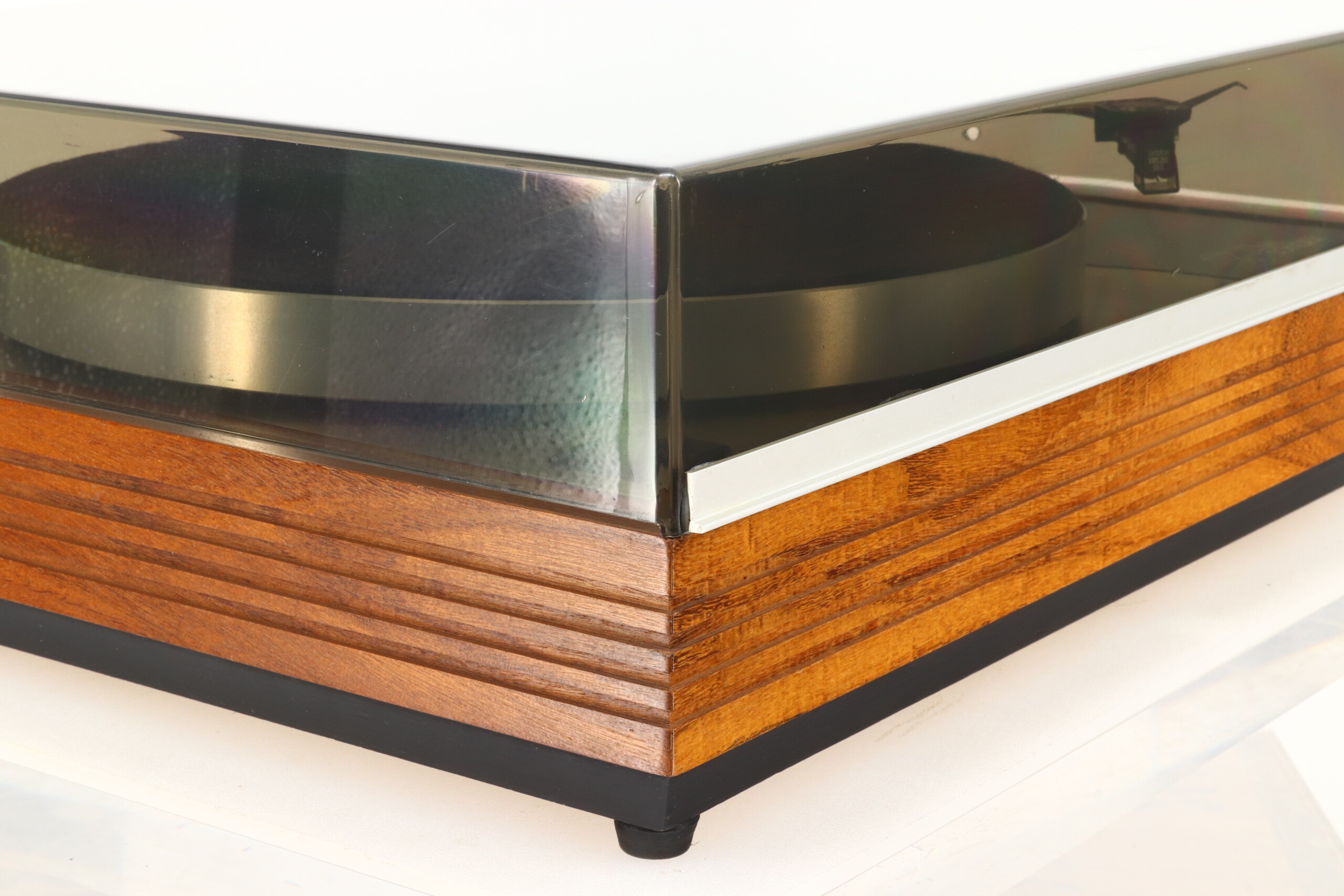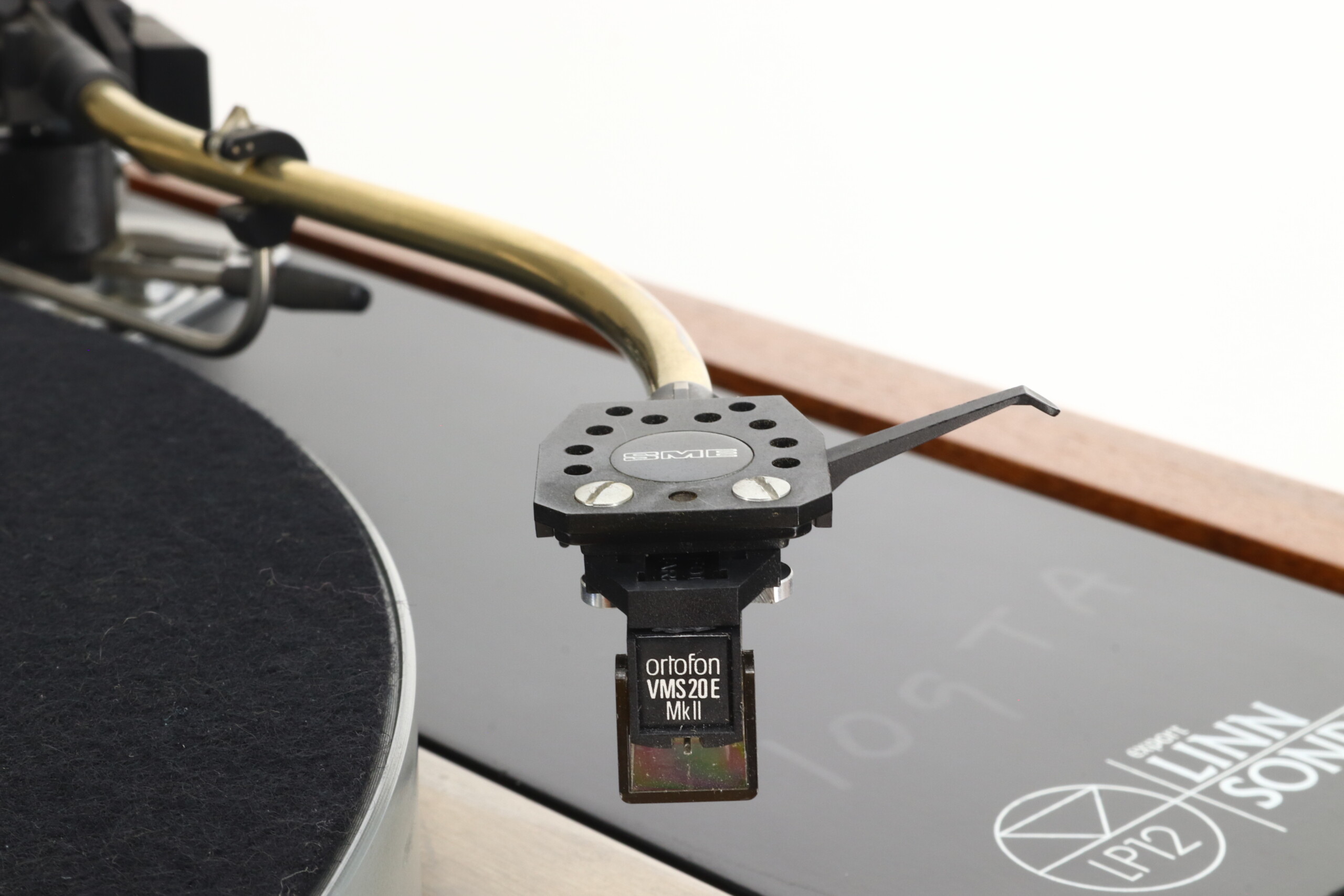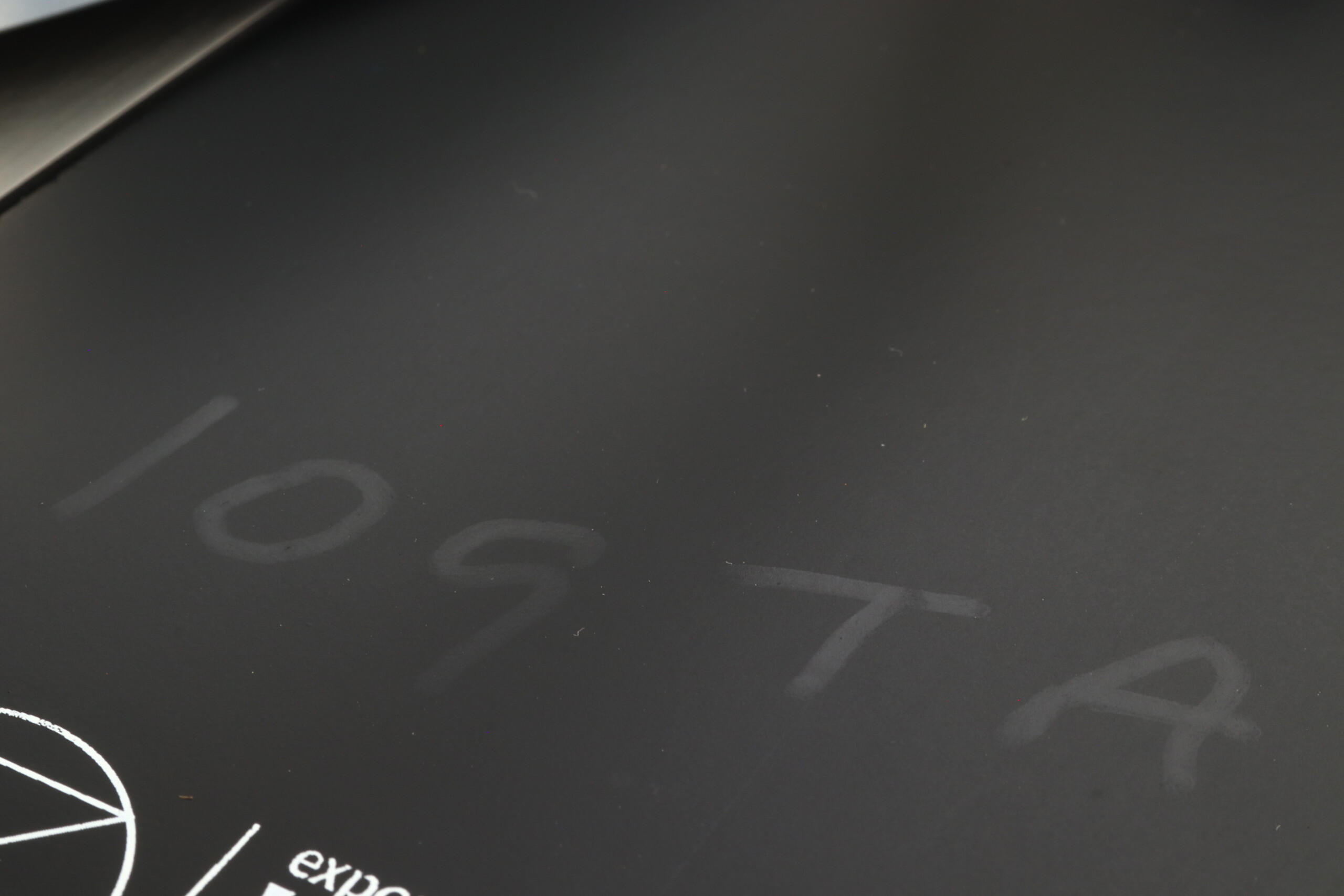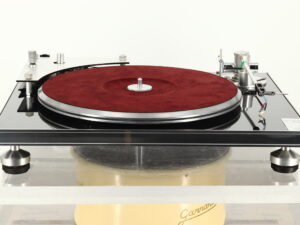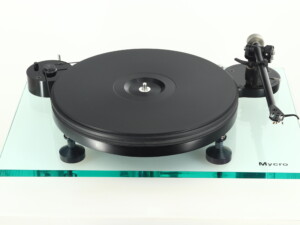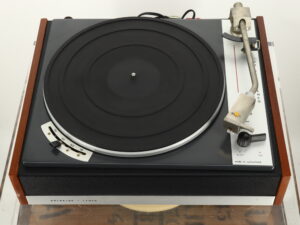Your basket is currently empty!
Linn LP12 Valhalla Turntable – Afromosia / SME III Series Tonearm
Manufacturer : Linn
Model : LP12 Valhalla / SME III Series
Serial Number :
Packaging : N/A
Accessories Included : 2x Manuals
Price When New :
Description
With well over 100,000 units produced in its nearly 50-year history the LP12 Sondek has become something of a legend to many audiophiles across the world. Our example is in the popular Afromosia plinth, with a Valhalla PSU, SME Series III tonearm and an Ortofon VMS 20E MkII. It is in working order but is not in the best cosmetic condition and therefore would benefit from a full service, set up, and a little bit of TLC to bring it back to its best. It will also be supplied professionally packaged in new Linn packing.
Linn Say…
Linn LP12 Sondek Turntable
Linn Products have always stated that the turntable is the most important part of a high fidelity system. If you don’t get a good signal off the record then it doesn’t matter how good the rest of your system is, the sound will be bad. When upgrading your system there is a strict hierarchy to observe. After the turntable, the next most important component is the arm, followed by the cartridge. Once the turntable system has been optimised, the next component to choose is the amplifier. Finally, the last link in the chain is the loudspeaker
The Linn Sondek LP12 reference transcription turntable has been setting the standards by which others are judged for over 30 years. Each component of the Sondek LP12 has been painstakingly developed to optimise information retrieval, because information lost at the source is lost forever, regardless of the amplifier or loudspeaker quality. Linn is involved in every stage of the record and playback process. We can therefore check the signal at each step of the hi-fi chain, which is why we know what makes the Sondek LP12 a very special turntable: its perfect speed accuracy at 33rpm and 45rpm, its immunity against acoustical feedback, its low noise main bearing with mirror finish, and our legendary precision manufacturing, all of which ensure the pitch accurate faithful reproduction of the original source.
The Valhalla power supply is designed to isolate the rotation of the turntable motor from variations in the mains supply. At the heart of the Valhalla is a very low noise crystal oscillator, which produces a highly accurate square wave at an exact frequency. As the LP12 motor runs at its quietest when driven with a clean sinusoidal waveform, a precision filter is employed in the Valhalla to remove harmonics from the square wave, leaving only a pure waveform. The most uniform torque is delivered from the motor when both phases are driven at ninety degrees with respect to one another and this is achieved by a ninety-degree phase-shift network after the filter. The two resulting sinusoids are then boosted by an amplifier circuit, and fed to the motor windings.
Features:
Extremely low-noise patented main bearing
Perfectly balanced high inertia platter
Strong, solid kiln-dried wood plinth
Heavy gauge non-magnetic, brushed satin, stainless steel plate
Highly efficient 3 point spring damped suspension
24-pole precision synchronous low noise, high torque motor
Precision pulley and Neoprene flat belt
33.3 rpm + 45 rpm
Specifications:
Type: Belt drive analogue turntable with 3-point suspension
Platter: 2 pieces, made of non-magnetic Mazak 8. Production tolerance 0.025 mm, optimal weight distribution
Platter mat: Felt
Main bearing: 1-Point bearing, mirror finish, oil bath
Suspension: 3-Point-Subchassis, 3 adjustable precision springs
Motor: High torque 24-Pol-Synchronous motor, fully screened and mechanically decoupled from main bearing
Drive: Neoprene flat belt, concentric precision pulley (0.01 mm)
Speed accuracy: 0.03%
Speeds: 33 rpm, 45 rpm
Power consumption: 13 W
Dimensions: 445 (W) x 356 (D) x 140 (H) mm (Approximately 70mm required at rear and 250mm above the unit to permit opening of lid)
Weight: 10 kg
SME Say….
The Series III precision pick-up arm is the culmination of research and development extending over more than seven years.
In concept the majority of pick-up arms reflect the manufacturing techniques of the first half of the century. They are composed mainly of cylindrical and rectangular shapes which lend themselves to traditional machining processes.
This one is a departure and exemplifies the sophistication of the present day. Its high precision moulded components are of ideal mechanical configuration, free from the usual constraints on complexity. They have a strength/weight ratio previously unattainable. At points where weight is required it is provided in its most compact form by metal inserts, coined at 100 tons force to provide uniform density and accuracy.
The arm provides for widely differing cartridge weights and tracking forces and the ingenuity and flexibility of its design always allows the operating conditions to be optimised.
The importance of tone-arm rigidity cannot be over-stated. An ideal cartridge would only have an electrical output, but all cartridges also have a mechanical output as the stylus motion is reacted on the cartridge body and the resulting vibrations are fed into the arm. The level of these vibrations varies according to cartridge construction and compliance. It follows that the tone-arm must not merely be light, it must also be extremely rigid and attenuate the transmission of vibration at the same time.
Aero-space materials were investigated and exhaustive tests confirmed the superiority of titanium over conventional materials such as aluminium and wood. Carbon fibre was less satisfactory as it conducts vibration too readily in this application. The shape too is of the utmost importance. A straight tube is analogous with a torsion spring and behaves similarly. This is not the case with the conventional ‘S’ which is also convenient from a geometrical standpoint.
In the Series III precision pick-up arm, nitrogen hardened titanium tube having a wall thickness only twice the diameter of the average human hair, provides the strength/weight ratio needed, plus natural loss of the vibration fed into it by the cartridge. This feature is derived from the glass-hard skin given to the titanium in conjunction with its soft core and an internal fibrous lining.
The cartridge carrier, a combination of tone-arm and shell in one piece, is removable and interchangeable for multi-cartridge use. The coupling is placed close to the fulcrum where it makes a minimum contribution to the arm’s total effective mass which is only 5.05 grams measured at 9 inch radius.
The perfectionist will appreciate the numerous other features reflecting the dedication that only specialisation permits. Designed and built by enthusiasts for enthusiasts in what is probably the largest and best equipped factory devoted entirely to the manufacture of precision pick-up arms. We believe it will be found a worthy claimant to the title ‘The best pick-up arm in the world’.
Features:
Unique balance system employing a laminated weight enables cartridges of 0-12 grams to be operated under conditions of minimum inertia.
Integral carrying arm replaces conventional tone arm and shell and is interchangeable for multi-cartridge use.
Sensitive tracking adjustment through rack and pinion.
Low friction pivots, vertical axis; high precision, fully-protected ball races. Horizontal axis: 0.005″ radius knife-edges rolling in planished chrome seatings. Less than 0.02 gram applied at the stylus will deflect the arm.
Vertical and horizontal bearing axes intersect at stylus level for minimum warp-wow effect.
Precise tracking force up to 2.5 grams applied without a tracking force gauge. 0 – 1.5 grams fine adjustment, plus 1 gram coarse adjustment.
Bias with fine adjustment graduated 0 – 2.5 grams.
Longitudinal and lateral balance with fine adjustment.
Low-distortion geometry optimised for 12″ LPs.
Fluid damped lowering and raising control.
1.22 metres length audio lead. Total capacitance with arm 293 pF per channel, arm alone 19 pF. Lead incorporates 220 pF padding capacitors which can be removed or replaced by other values for special requirements.
Electrical contacts heavily gold plated.

